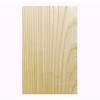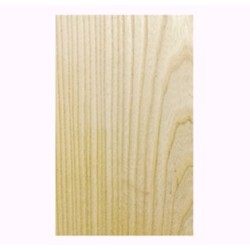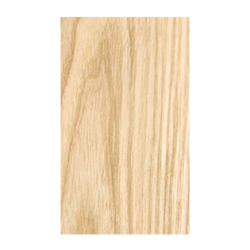European Ash

Family: Oleaceae - Order: Scrophulariales / Lamiales - Class:
Magnoliopsida Linnaeus
Scientific
name: Fraxinus excelsior
Trade name:
European ash.
Also known as Common
ash
Origin: Europe and southwestern Asia.
Instrumental uses:
Guitar back and sides,
fingerboards, bridges, head plates and
bindings.
Tonal properties:
As tonewood it is mostly used in electric guitar bodies. Very well balanced in the full spectrum range, punchy and with a great separation of notes, with a fairly sustained woody sound.
The grain is straight but in many cases figured; curly or
flamed with silver streaks with a medium to slightly coarse texture. Slightly
different and more refined from its American counterpart. It’s characteristics
help for a woody, punchy and sustained sound.
Can be sometimes difficult to work but glues and finishes
well.
Is stiff and resistant with an average dried weight nearly of 42 lbs/ft3 or 680 kg/m3.
It is native to Europe and southwestern Asia, occurs on a
wide range of soil types, but is particularly associated with basic soils on
calcareous substrates. It is a large deciduous tree growing to 12–18 m
tall with a trunk up to 2 m diameter, with a tall, narrow crown.
The heartwood is a light to medium brown color, with darker or silver
streaks mostly the European South
west kind.
From other European regions sapwood is wide sometimes, the heartwood is beige or light brown not exactly demarcated from heartwood.
CITES status is is unrestricted. Is reported on
the IUCN Red List near threatened.
Gallery Photos




